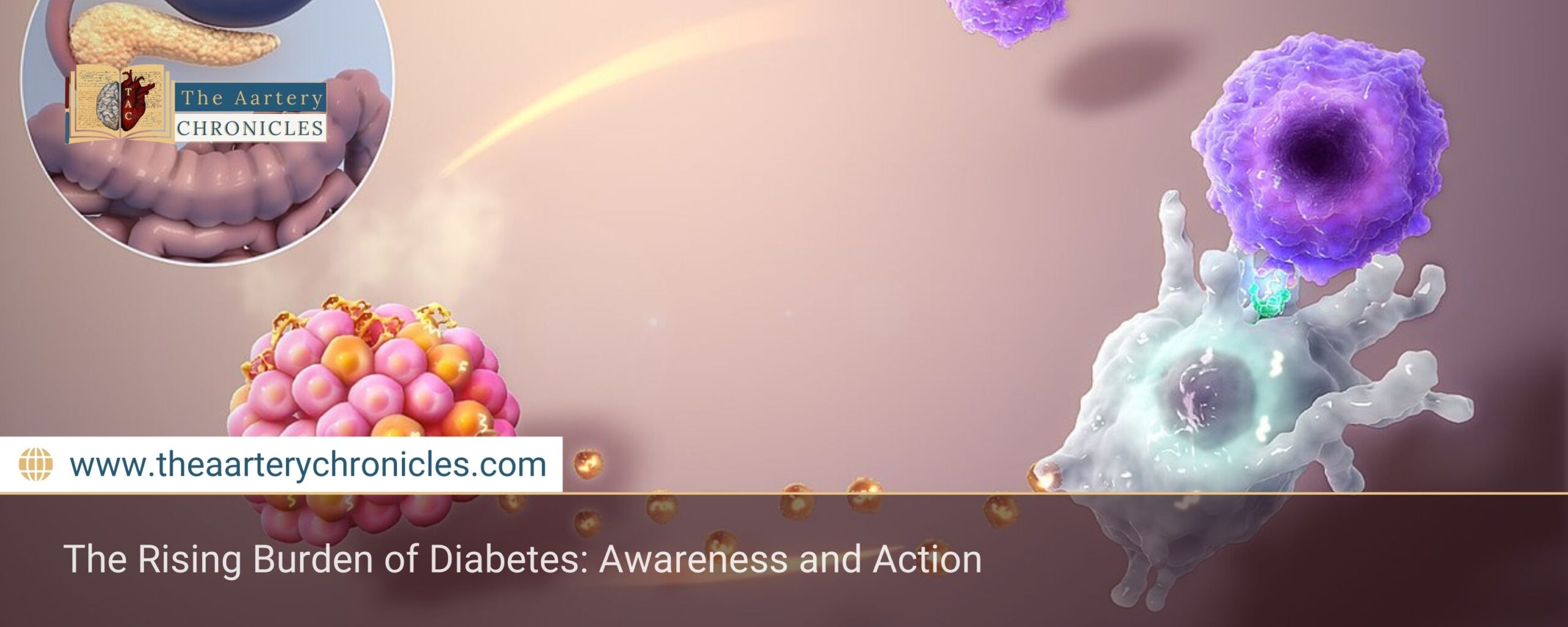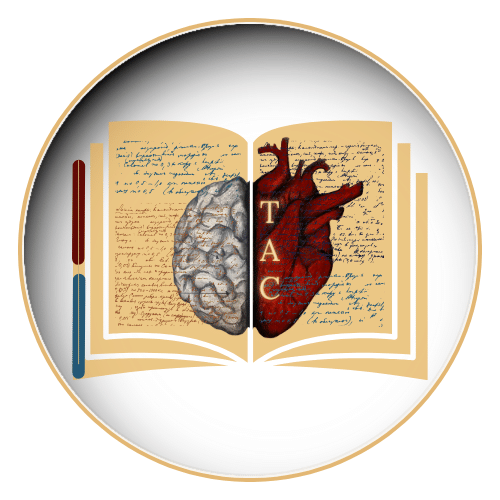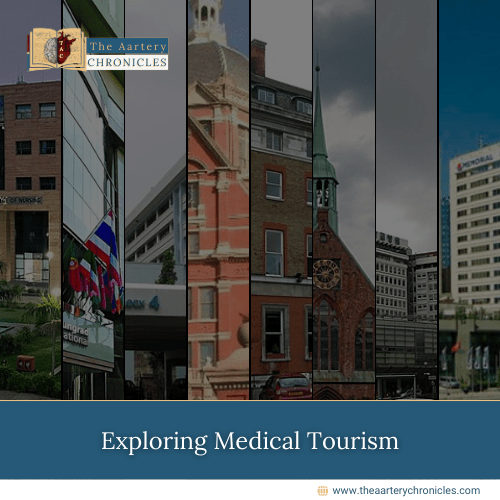

The Rising Burden of Diabetes: Awareness and Action
Summary: Diabetes is a growing global health challenge, affecting millions and leading to serious complications if unmanaged. This article explores its types, causes, diagnosis, and management, while emphasizing the importance of early detection and healthy living.
Introduction
Diabetes is a major global health concern, affecting over 422 million people worldwide, with projections showing a continuous rise in the coming decades. According to the World Health Organization (WHO), most of these cases are type 2 diabetes, closely linked to lifestyle factors.
Beyond just the statistics, diabetes deeply affects the day-to-day lives of people. It can lead to several other complications such as heart disease, kidney problems, vision loss, and even amputations, which not only take a physical toll but also an emotional one. Families often face financial strain from ongoing treatments and medications, while patients struggle with lifestyle adjustments and the constant stress of managing the condition.
Understanding diabetes
Diabetes mellitus is a long-term metabolic condition marked by elevated blood glucose levels. It arises due to either inadequate insulin production, impaired insulin function, or a combination of both. This disruption in insulin activity prevents glucose from being properly absorbed into the body’s cells for energy. Over time, this imbalance can damage vital organs and systems in the body. If left unmanaged, it may lead to chronic health complications that affect overall quality of life.
There are several types of diabetes, each with distinct causes and characteristics
Type 1 diabetes
Type 1 diabetes is a chronic autoimmune condition in which the body’s immune system targets and destroys the insulin-producing beta cells in the pancreas. As a result, the body produces little to no insulin, the hormone responsible for enabling glucose to enter cells and provide energy. Without adequate insulin, blood glucose levels rise (a condition known as hyperglycemia), which, if left unmanaged, can lead to both short-term and long-term health complications. Unlike type 2 diabetes, this form of the disease is not primarily linked to lifestyle factors and usually develops in childhood, adolescence, or early adulthood. Management requires lifelong insulin therapy, along with regular monitoring of blood sugar levels, to maintain health and prevent complications.
Causes and Risk Factors
- Genetics: Having a family history of type 1 diabetes increases the risk, although most cases occur without it.
- Autoimmunity: The immune system targets the pancreas, possibly triggered by viral infections or environmental exposures in genetically susceptible individuals.
- Age: Commonly diagnosed in children and adolescents, but it can occur at any age (sometimes called latent autoimmune diabetes in adults or LADA).
Symptoms
Type 1 diabetes often develops quickly and presents with noticeable symptoms, such as:
- Frequent urination
- Excessive thirst
- Unexplained weight loss
- Extreme fatigue
- Increased hunger
- Blurred vision
- Slow wound healing
- In severe cases, it may lead to diabetic ketoacidosis (DKA)—a life-threatening emergency.
Diagnosis and Management of Type 1 Diabetes
Type 1 diabetes is diagnosed through:
- Fasting blood glucose test
- HbA1c test (measuring average blood sugar over 2–3 months)
- Autoantibody tests to confirm autoimmune destruction
- C-peptide test to assess insulin production levels
There is currently no cure for type 1 diabetes, but it can be effectively managed through:
- Daily insulin therapy (injections or insulin pumps)
- Frequent blood sugar monitoring
- Healthy eating and regular physical activity
- Education and emotional support for long-term lifestyle management
Technological advancements such as continuous glucose monitors (CGMs) and artificial pancreas systems have significantly improved outcomes and quality of life for people living with type 1 diabetes.
Type 2 Diabetes
The most common type, often linked to obesity and lifestyle, where the body becomes resistant to insulin or doesn’t produce enough.
It is a chronic metabolic condition characterized by insulin resistance—where the body’s cells do not respond properly to insulin—and relative insulin deficiency, meaning the pancreas can’t produce enough insulin to maintain normal blood glucose levels. It is the most common form of diabetes, accounting for more than 90% of all diabetes cases worldwide.
Causes and Risk Factors
The development of type 2 diabetes is influenced by a mix of lifestyle, environmental, and genetic factors. Some causes and risk factors include:
Modifiable (Lifestyle) Risk Factors
- Unhealthy diet: High intake of sugary foods, processed carbohydrates, and saturated fats.
- Physical inactivity: Lack of regular exercise reduces insulin sensitivity.
- Overweight and obesity: Especially abdominal or visceral fat, which increases insulin resistance.
- Chronic stress and poor sleep: Both disrupt hormonal balance and blood sugar regulation.
- Tobacco and alcohol use: Associated with higher diabetes risk and poor metabolic outcomes.
Non-Modifiable Risk Factors
- Age
- Risk increases after 45, though rising cases are now seen in younger adults and adolescents.
- Family history: A first-degree relative with type 2 diabetes significantly increases risk.
- Ethnicity: Higher prevalence in South Asians, African Americans, Hispanics, Native Americans, and Pacific Islanders.
- Gestational diabetes history: Increases risk of developing type 2 diabetes later in life.
According to the National Institute of Diabetes and Digestive and Kidney Diseases (NIDDK), making lifestyle changes—like losing just 5–7% of body weight and increasing physical activity—can cut the risk of developing type 2 diabetes by up to 58%.
Symptoms
Common Symptoms of Type 2 Diabetes Symptoms may develop gradually and are often overlooked in the early stages:
- Frequent urination (polyuria)
- Excessive thirst (polydipsia)
- Increased hunger (polyphagia)
- Fatigue or lack of energy
- Blurred vision
- Slow-healing wounds or frequent infections
- Numbness or tingling in hands and feet (sign of nerve damage)
- Dark patches of skin, especially around the neck or armpits (acanthosis nigricans)
Gestational Diabetes
Occurs during pregnancy and usually resolves after childbirth Identifying the determinants of diabetes is vital for proactive prevention and timely intervention.
Modifiable Risk Factors
- Overweight and obesity: Excess body fat, especially around the waist, is the single strongest risk factor.
- Physical inactivity: Less than 150 minutes of exercise per week increases risk; even moderate activity like brisk walking offers protection.
- Prediabetes: Elevated blood sugar still below the diabetes threshold significantly increases future risk.
- Non-alcoholic fatty liver disease (NAFLD): Known to contribute to insulin resistance and diabetes risk .
- Unhealthy diet, sleep deprivation & stress: High intake of sugary drinks and processed foods, poor sleep, and chronic stress all disrupt metabolism and insulin function.
- Tobacco use: Smoking—both active and passive—increases diabetes risk significantly .
Non-modifiable Risk Factors
- Age: Risk increases after age 45—yet type 2 diabetes is rising even among younger adults and children.
- Family history: Having a first-degree relative with diabetes significantly raises your risk.
- Ethnicity: Higher risk among African American, Hispanic/Latino, American Indian, Alaska Native, Asian American, and Pacific Islander individuals.
- Gestational diabetes history: Women who had gestational diabetes or delivered a baby over 9 lbs face an increased future risk.
Evidence from the National Institute of Diabetes and Digestive and Kidney Diseases (NIDDK) shows that even small, consistent changes—such as losing 5–7% of body weight and engaging in regular physical activity—can significantly lower the risk of developing type 2 diabetes.
Government Initiatives for Diabetes Prevention and Control
In India, which ranks among the top countries with the highest number of diabetes cases, more than 77 million people are living with diabetes (as per ICMR and IDF data). The increasing urbanization, sedentary lifestyles, and unhealthy dietary habits have made diabetes a growing epidemic in both rural and urban areas.
To address this, the Government of India launched the National Programme for Prevention and Control of Cancer, Diabetes, Cardiovascular Diseases and Stroke (NPCDCS). This program focuses on:
- Early screening at the community level
- Health promotion and lifestyle education
- Training healthcare workers
- Integration of yoga and wellness centers
According to the World Health Organization (WHO), NCDs are responsible for over 70% of global deaths, with many being preventable through lifestyle modifications.
Conclusion
As diabetes continues to rise worldwide, awareness and early action are more important than ever. By focusing on prevention, routine screening, and healthier living, we can reduce risks and improve outcomes. Empowering individuals with the tools to manage diabetes effectively can lead to longer, healthier lives and ease the burden on healthcare systems.









